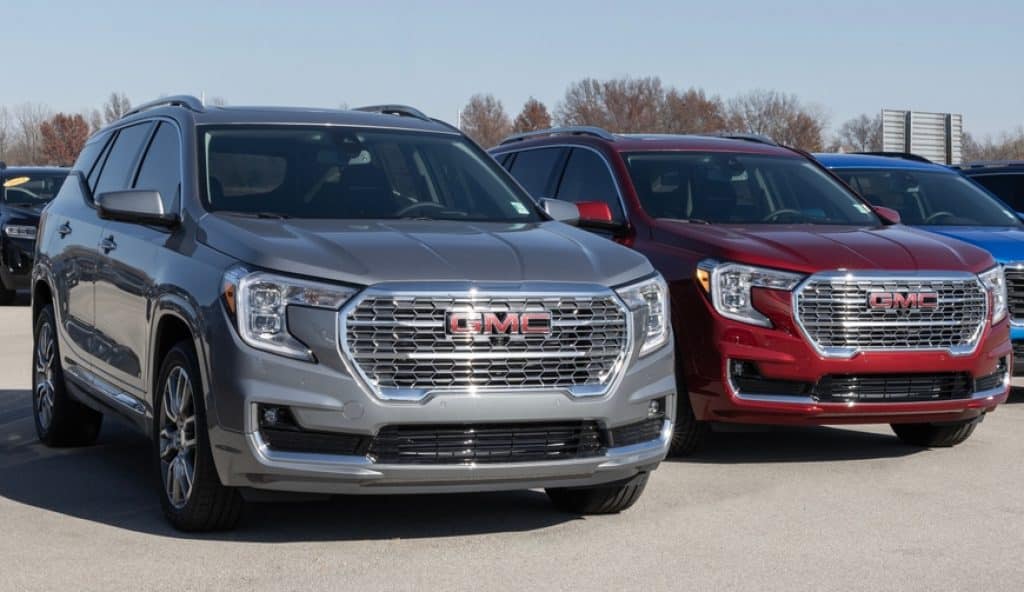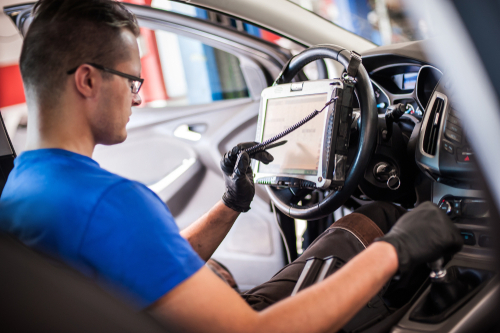Quick Help:
| Question | Answer |
|---|---|
| What does ‘totaled’ mean? | A car is considered ‘totaled’ when the cost to repair it exceeds its value, or it meets a certain percentage threshold set by insurance. |
| Can I still drive it? | Even if drivable, legally you might not be able to if it’s deemed unsafe or doesn’t pass state inspections. |
| What does insurance do? | Insurance will offer a settlement based on the car’s actual cash value (ACV) minus any deductible. |
| Can I keep my car? | Yes, in many cases, you can retain ownership, but the payout is reduced by the salvage value, and the car’s title becomes a salvage title. |
| What about repairs? | You can use the insurance payout towards repairs, but it may not be financially sensible if the car is significantly devalued. |
| Registration and insurance? | With a salvage title, you may face restrictions or higher costs for insuring and registering the car for road use again. |
Deciding whether to keep and repair a totaled but drivable car involves considering its sentimental value, the cost-effectiveness of repairs, and the implications for future insurance and registration.
It’s essential to discuss your options with your insurance provider and consider your state’s specific regulations.
What Does It Mean if a Car is “Totaled”

When an insurance company declares your car as “totaled”, it means that the cost of repairing your vehicle exceeds its value after the damage it has sustained. This is also known as a total loss.
The criteria for determining a total loss varies by state and insurance company but typically involves a comparison between repair costs and the car’s actual cash value (ACV).
- Actual Cash Value: This is the market value of your vehicle just before the accident, considering depreciation.
- Repair Costs: These are the estimated repairs needed to restore your car to its pre-accident condition.
Insurance adjusters will calculate the ratio of the repair cost to the ACV. If this ratio exceeds the threshold set by the insurance company or state regulations—often between 70-80%—your car is deemed totaled.
It’s important to know that a totaled car can still be drivable. However, the decision to total a car isn’t based on drivability but on the financial loss.
Next Steps After Totaling:
- Accept the Payout: Take the money and relinquish the car to your insurance company.
- Retain the Vehicle: If local laws allow, you may keep the totaled car by accepting a reduced payout. Be aware that if you choose to repair and drive the car, it must pass a safety inspection and you’ll need to obtain a salvage title.
Assessment of Damage and Determination of Totaled Status
When your car suffers significant damage, an insurance adjuster will determine if it is a total loss, even if it remains drivable.
Inspection by Insurance Adjuster

The inspection by an insurance adjuster is a critical step in deciding the fate of your damaged vehicle. They will examine your car to assess all damages, taking detailed notes and photographs as necessary.
The adjuster will document structural, mechanical, and cosmetic damages. Your vehicle’s mileage, options, and overall condition pre-accident are also considered.
Application of Total Loss Formula
The Total Loss Formula (TLF) plays a pivotal role in determining whether your car is totaled. This calculation involves comparing the repair cost plus the salvage value against the Actual Cash Value (ACV) of your vehicle.
- Repair Cost: The estimated expense to restore your car to its pre-accident condition.
- Salvage Value: The estimated amount a salvage yard will pay for the remnants of your vehicle.
- Actual Cash Value (ACV): Your car’s pre-accident market value, considering depreciation.
If the sum of the repair cost and salvage value meets or exceeds the ACV, your insurer will categorize your vehicle as a total loss.
Insurance Claim Process
After your car is determined to be a total loss but still drivable, navigating the insurance claim process is crucial for reimbursement. This process involves filing a claim, understanding your policy coverage, and possibly negotiating a vehicle buyback.
Filing a Total Loss Claim
To initiate the claim, promptly contact your insurance company and provide them with the accident details.
Gather necessary documents, such as the accident report, photographs of the damage, and any repair estimates.
Your insurer will assign a claims adjuster to assess the damage and determine the car’s actual cash value (ACV) pre-accident.
Reviewing Insurance Policy Coverage
Review your policy to understand coverages such as collision or comprehensive, which are typically involved in total loss claims.
Confirm the deductible amount, which you’ll be responsible for paying.
Check if your policy includes new car replacement or car rental coverage, as these can affect your reimbursement.
Negotiating a Buyback with Insurance Companies
If you wish to keep your drivable totaled car, discuss a buyback option with your insurer.
They will deduct the salvage value from the total loss settlement. Negotiate the buyback price carefully, as it should reflect your car’s reduced value post-accident.
Ensure you understand the legal requirements for repairing and re-registering a salvaged vehicle.
Have it Inspected By a Reputable Mechanic Before Driving It

When your vehicle is declared totaled but still operational, it’s crucial to ensure its roadworthiness.
Seek out a certified mechanic with a good reputation to conduct a thorough inspection.
This step is vital for two primary reasons:
- Safety Concerns: Even if the vehicle seems drivable, there may be unseen damage that could lead to a malfunction or accident when on the road.
- Legal and Insurance Issues: Driving a car deemed totaled may affect your insurance coverage. Plus, laws regarding driving such vehicles vary by location and need to be considered.
What to Expect During the Inspection:
- Structural Integrity: The mechanic will assess the car’s framework for stability.
- Essential Systems: They will check critical systems such as the brakes, steering, and lights for functionality.
- Fluid Leaks: Inspection for any leaks of oil, brake fluid, or other critical fluids is a priority.
- Tire Condition: They will verify if the tires are in good shape and properly aligned.
Future Insurance Implications
When your car is considered a total loss but remains drivable, it’s crucial to understand the insurance repercussions.
Insurance premiums generally increase after a car is declared totaled, as you’re now seen as a higher risk.
- Coverage Changes:
- Comprehensive and collision coverage might be restricted.
- Liability coverage will typically remain available.
- Value Assessment:
- Before the incident: Your car’s value is at market rate.
- After the incident: The value of your car is significantly lower.
If you choose to retain and repair your car:
- Your insurer will issue a salvage title, which marks the vehicle as salvaged.
- Future Coverage may be limited to liability insurance, as insurers are hesitant to cover comprehensive or collision for a previously totaled vehicle.
| Before/After the Total | Pre-Total | Post-Total |
|---|---|---|
| Premium | Standard | Increased |
| Coverage Options | Full Range | Mainly Liability |
| Vehicle Value | Market Rate | Decreased |
| Title Status | Clean | Salvage |
Policy Renewal could be impacted, as insurers might decide not to offer renewal after a total loss claim, forcing you to seek coverage elsewhere.
Documentation:
- Be prompt and thorough with all required documentation post-accident to ensure your coverage continues without unnecessary complications.
